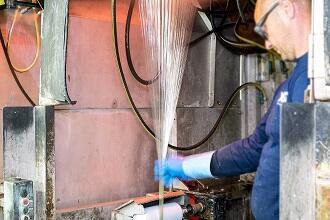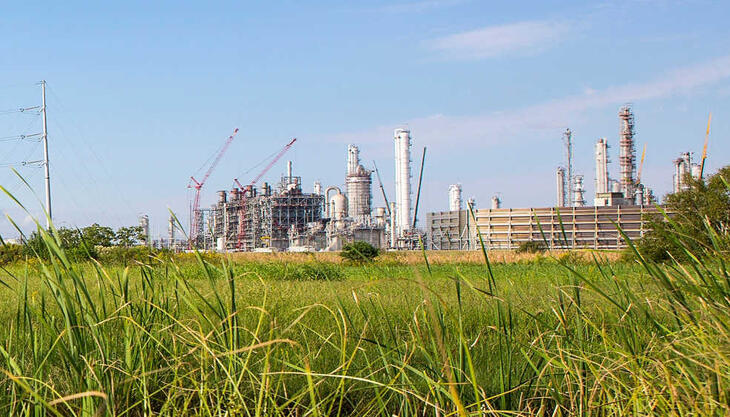Recycled glass fibres in the new products of the Eco family

Specialty chemicals company Lanxess is increasingly making use of recycled raw materials in the production of its thermoplastic compounds and composites. “We want to help make the switch from a throw-away society to a circular economy. Our goal is to make more and more of our plastic products sustainable so that we can make our growth less dependent on the consumption of finite resources, improve our carbon footprint and protect the environment,” explains Guenter Margraf, global product manager at the company’s High Performance Materials (HPM) business unit.
Durethan Ecobkv30h2.0, Ecobkv35h2.0 and Ecobkv60xf are the most recent examples of products made in line with this strategy. Recycled fibers manufactured from waste glass make up 30%, 35% and 60% by weight respectively of these three new polyamide 6 compounds. Ecocycle, an independent inspection company, has examined the amount of recycled material in each compound and the long-term use of the glass waste stream using the mass balance method and awarded an ecoloop certificate in accordance with ISO 14021:2016. The glass comes from waste left over from glass fiber production (post-industrial recycling).
HPM’s primary target for the three new compounds is the automotive industry. As Margraf explains, “For instance, Durethan Ecobkv60xf offers exceptional strength and rigidity, which makes it suitable for manufacturing structural components such as front ends, pedal bearing brackets and A-, B- and C-pillars, as well as lightweight battery trays for electric vehicles.”
HPM is going to be gradually increasing the number of ECO product types certified in accordance with the mass balance method. For example, it is planning to launch a new polyamide 6 with a glass fiber content of 30 percent and a reduced carbon footprint. The caprolactam required to produce this more environmentally friendly polyamide 6 is based on a selection of petrochemical raw materials which support this concern.
HPM is not currently using waste glass fibers from end-of-life components (known as post-consumer recycling), but does view them as a particularly sustainable raw material for use in manufacturing new glass fibers. After all, they do offer similar benefits as the domestic collection and recycling of glass containers, which have been practiced successfully for quite some time. Waste glass melts at lower temperatures than the raw materials used in manufacturing glass fibers. It therefore makes it possible to save energy and thus lower CO2 emissions. “Using waste glass cuts down on the use of resources as well, because it saves glass raw materials,” says Margraf. “It also means there’s no need to dispose of the waste glass.”


















